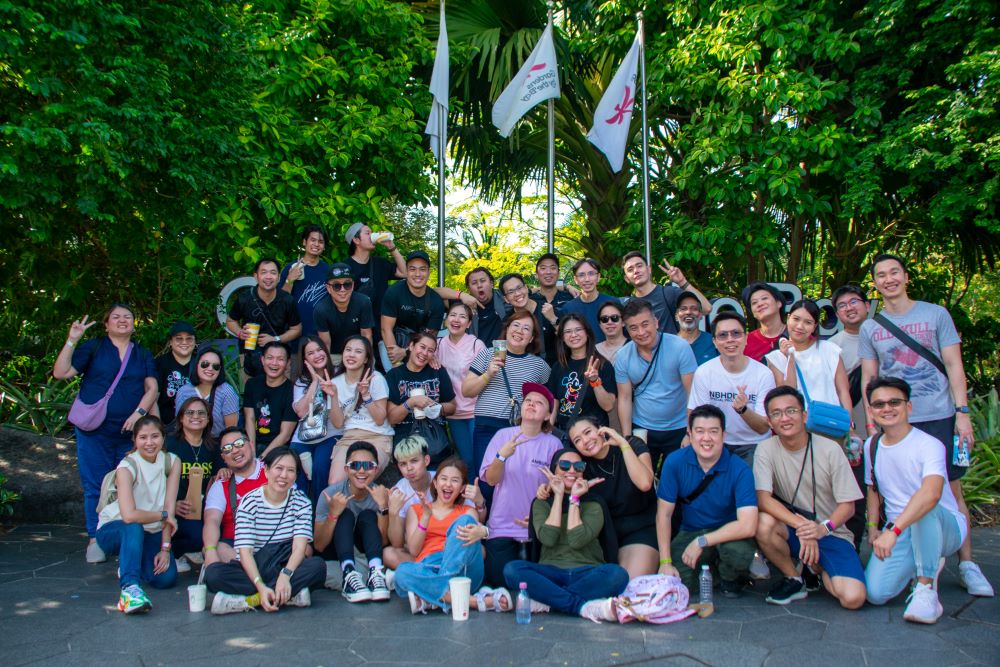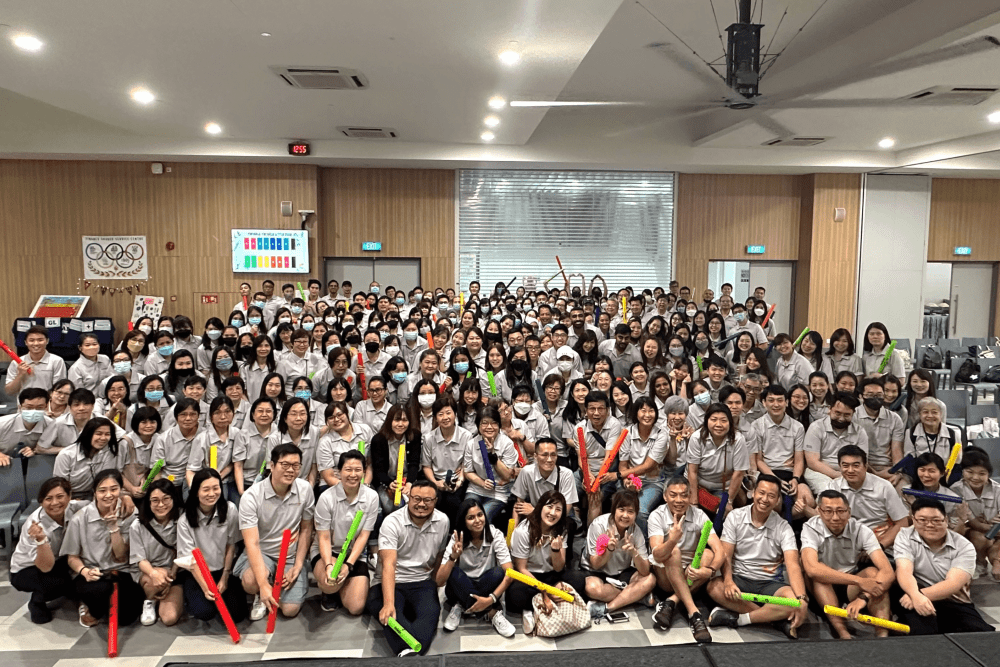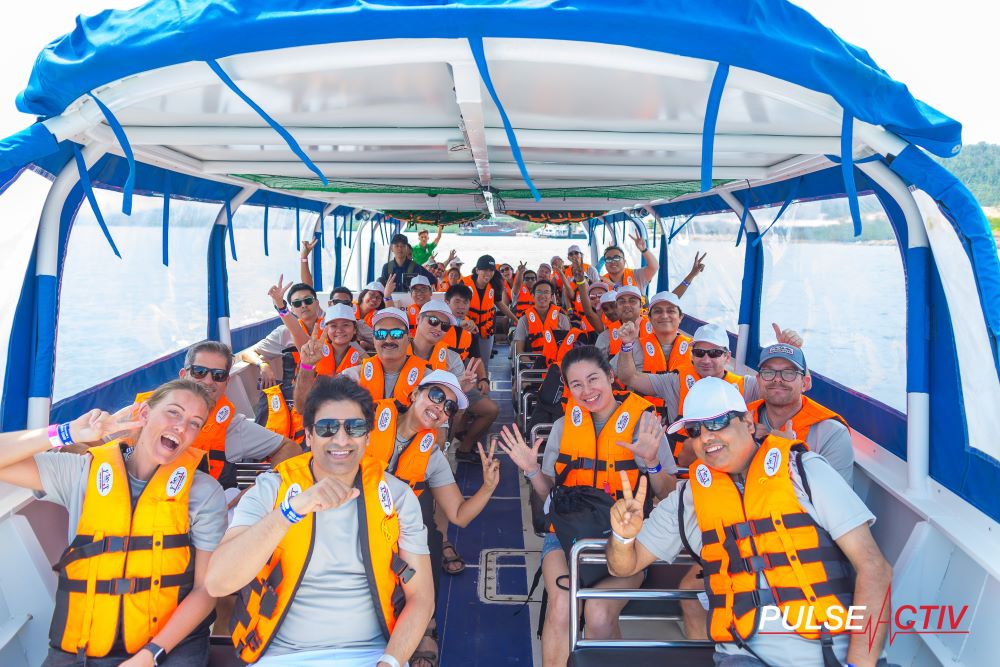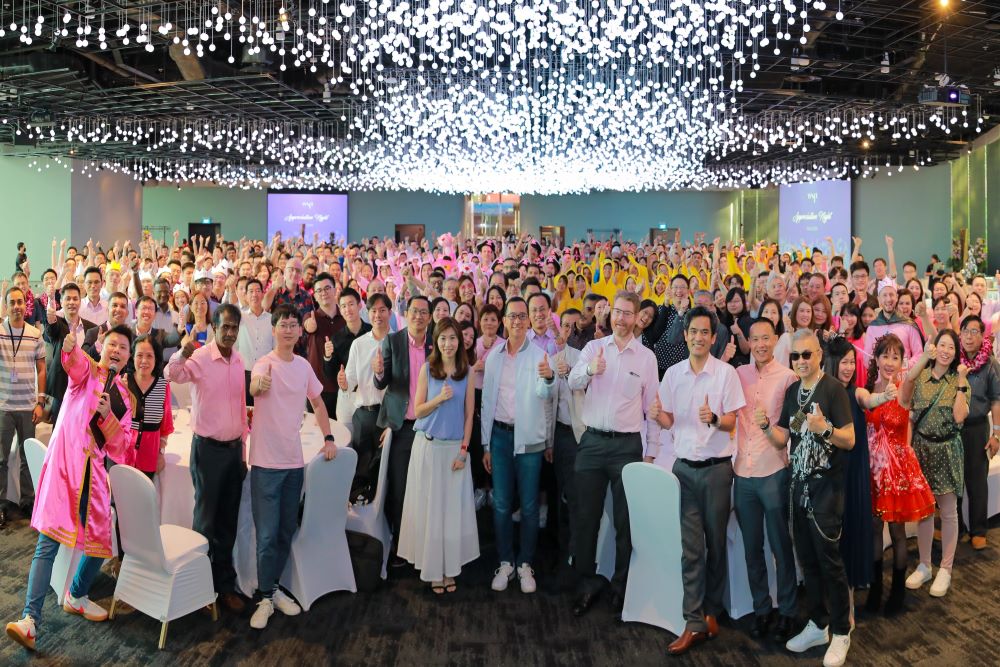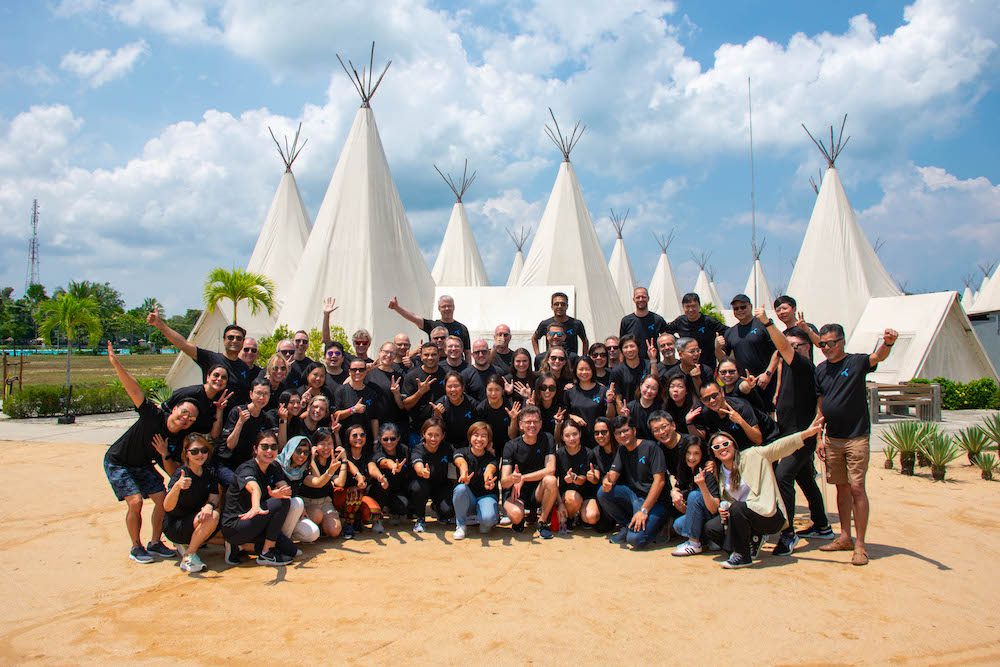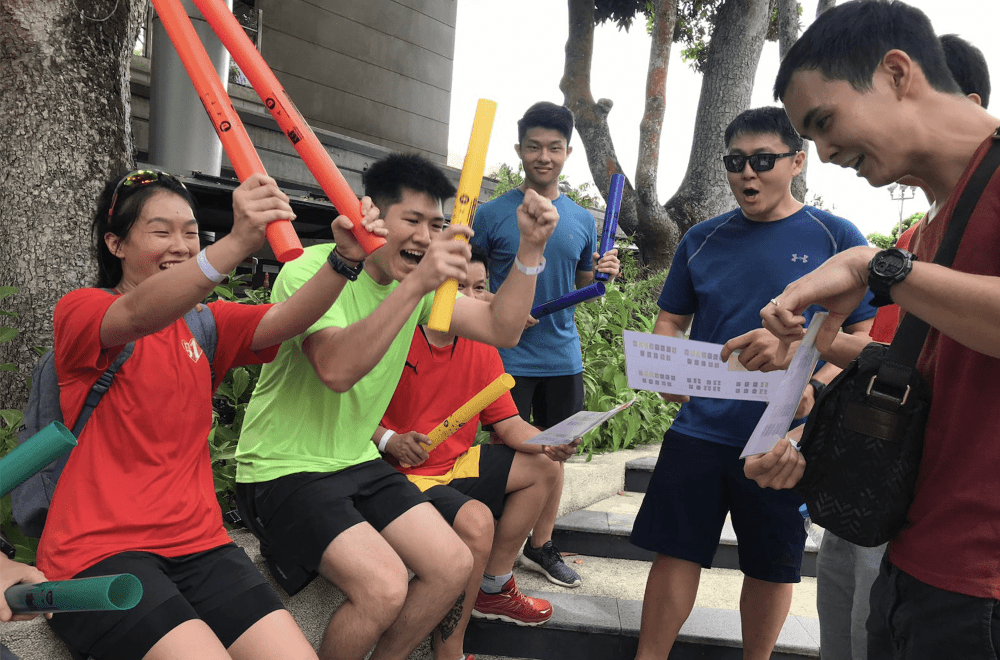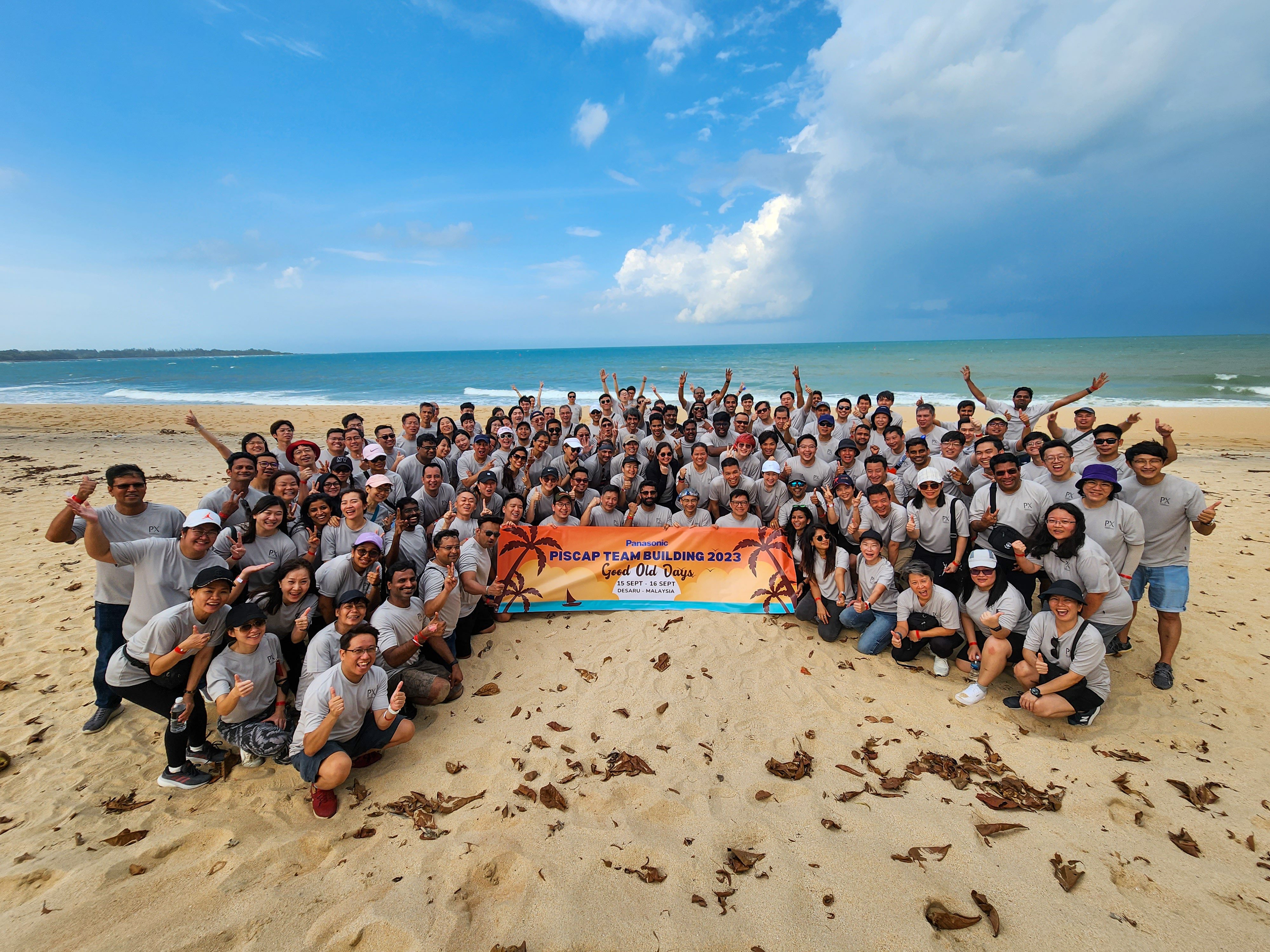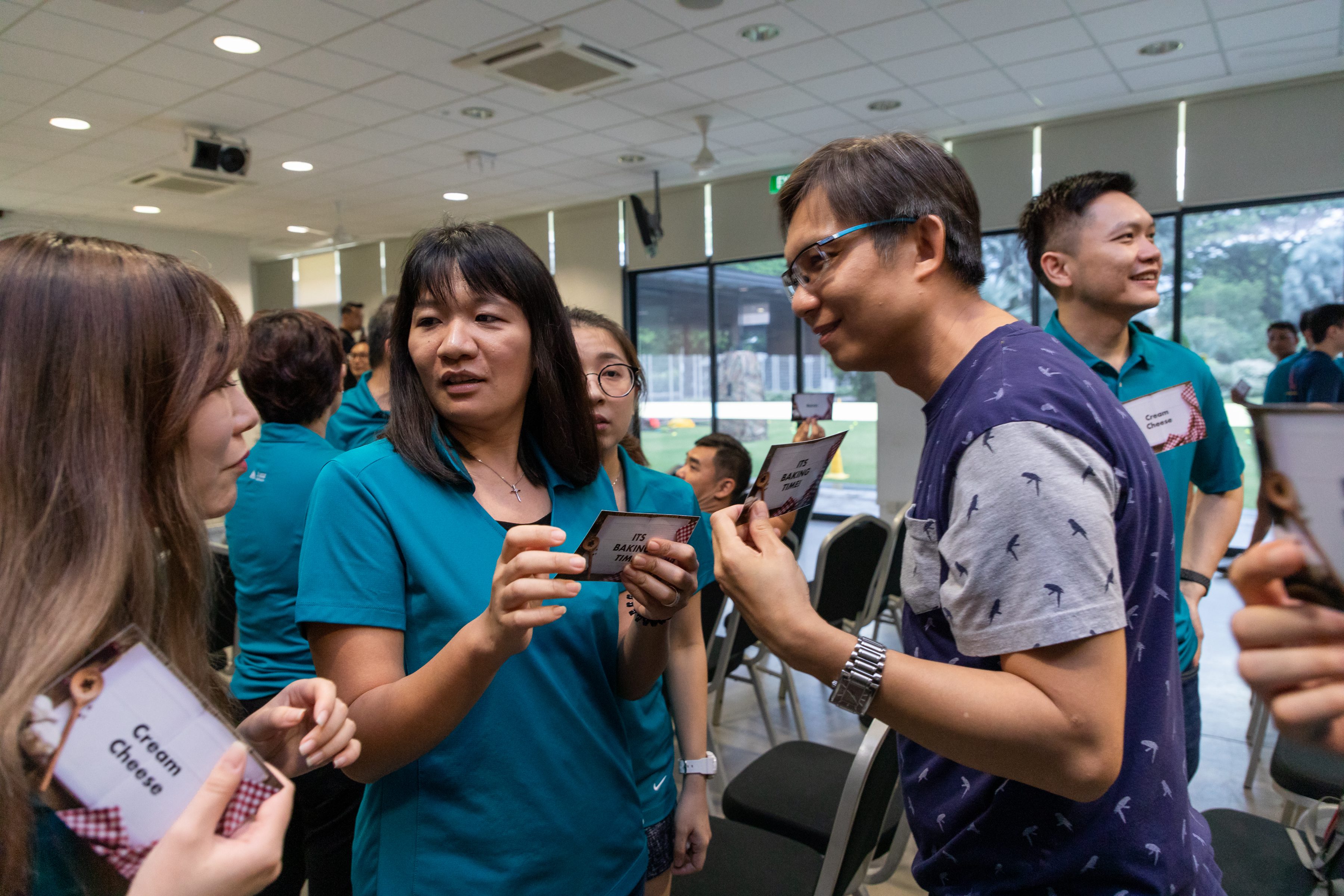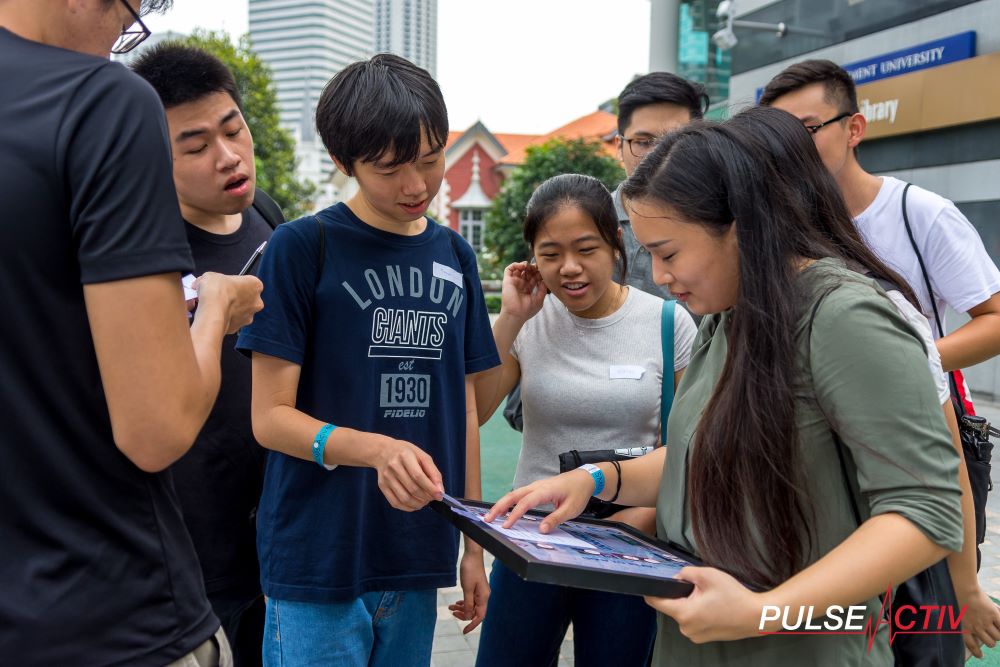Why Now is the Perfect Time for Corporate Team-Building Activities and Events
As we move into the last quarter of the year, there’s a unique opportunity for organizations to strengthen bonds among their teams through corporate team-building activities. The timing couldn’t be more perfect, given the seasonal shifts, upcoming holidays, and year-end reflections. Here’s why this period is ideal for planning team-building events, and how it aligns with the season, months, and holidays in the weeks and months ahead.
1. Seasonal Energy Boost: Autumn and Early Winter
- A Refreshing Climate: With the arrival of autumn and the cooler months of October, November, and December, many regions experience a drop in temperature and a beautiful transition in nature. This makes outdoor team-building activities more comfortable and enjoyable. The pleasant weather allows for outdoor exercises like obstacle courses, hiking retreats, or adventure-based activities without the sweltering heat or summer fatigue.
- A Change of Scenery: Autumn brings a sense of change, which can invigorate teams looking for a fresh perspective. Taking time away from the office to engage in fun challenges can break the routine and foster a sense of renewal. It’s the perfect time to energize your team before the winter months.
2. Holiday Spirit: A Time for Connection and Celebration
- Halloween (October 31st): As October comes to an end, Halloween presents a chance for themed team-building events that add a playful twist. Consider activities like scavenger hunts, costume contests, or themed escape room challenges that encourage creativity and teamwork. The festive spirit makes it easier to build connections outside of the typical work environment.
- Thanksgiving (November): Thanksgiving is all about gratitude, making it an ideal time to foster appreciation within your team. Team-building events around this time can focus on giving back to the community through charity events or volunteer days, which not only strengthen bonds within the team but also align with the season’s spirit of giving.
- Year-End Holidays (December): With the approach of Christmas, Hanukkah, and other end-of-year celebrations, December is a month full of warmth, togetherness, and reflection. Corporate holiday parties and themed events like winter sports challenges, Secret Santa exchanges, or holiday-themed trivia can be a fun way to wrap up the year. It’s a time when people are naturally inclined toward social activities, making it easier to foster a sense of unity.
3. Year-End Reflection and Goal Setting
- Closing Out the Year Strong: As the end of the year draws near, companies often focus on finishing projects, reflecting on accomplishments, and setting goals for the year ahead. Team-building activities during October to December can help align the team’s mindset with the company’s objectives, creating a stronger sense of purpose and motivation. Engaging in these activities can help build momentum as everyone prepares for the new year.
- Quarter 4 Strategy Meetings: The fourth quarter is a crucial time for strategy sessions, and incorporating team-building into these meetings can improve communication and collaboration. Instead of typical brainstorming sessions, try integrating activities that emphasize creative thinking and problem-solving, which can bring a fresh perspective to planning for the upcoming year.
4. Combating Stress and Burnout
- A Break from End-of-Year Pressures: The final months of the year can be stressful due to deadlines, end-of-year reviews, and the rush to wrap up projects. Organizing team-building activities can provide a much-needed break, helping employees manage stress and prevent burnout. Activities like mindfulness workshops, wellness retreats, or light-hearted team competitions can be a great way to recharge before the holiday season.
- Building a Positive Work Culture: Team-building events during this time can reinforce a positive work environment. Employees often appreciate when companies invest in their well-being and create opportunities for connection. These events can significantly boost morale, leading to a happier, more engaged team as they head into the new year.
5. Taking Advantage of Budget Opportunities
- Year-End Budget Utilization: Many companies have budget allocations that need to be utilized before the end of the fiscal year. Planning team-building activities can be an effective way to make use of these funds while providing meaningful experiences for employees. Investing in activities now means you can make the most of the available resources, ensuring that they are spent on activities that bring lasting value to the team.
- Early Bird Discounts for 2026 Planning: Booking activities and venues for team-building now could also give you access to discounts or early-bird rates for next year’s events. This can be particularly beneficial if you’re planning a larger event, like an offsite retreat or a multi-day program, in the early months of 2026.
6. Perfect Timing for Planning a Fresh Start
- New Year Kickoff Activities: As January approaches, many companies look for ways to kickstart the new year with enthusiasm. Planning a team-building activity in the months leading up to January can set a positive tone, helping teams to reflect on their achievements and get excited about upcoming projects. It allows teams to enter the new year with a sense of unity and clarity about the road ahead.
- Holiday Break Preparation: Organizing events in October through December also offers a chance to foster stronger bonds before everyone heads off for holiday breaks. When teams reconvene in January, they will have shared memories and a renewed sense of camaraderie that can enhance collaboration in the new year.
Conclusion: Seize the Moment for Team-Building
The period from October to December is uniquely suited for corporate team-building activities. From the comfortable autumn weather to the festive spirit of the holidays, and the focus on year-end goals and renewal, now is the perfect time to bring your team together. By taking advantage of this moment, you can create a more connected, motivated, and resilient team, ready to take on new challenges in the coming year. So, don’t wait—plan those team-building activities and make the most of this season of opportunity.
To head back to read another article in our blog, click here.
